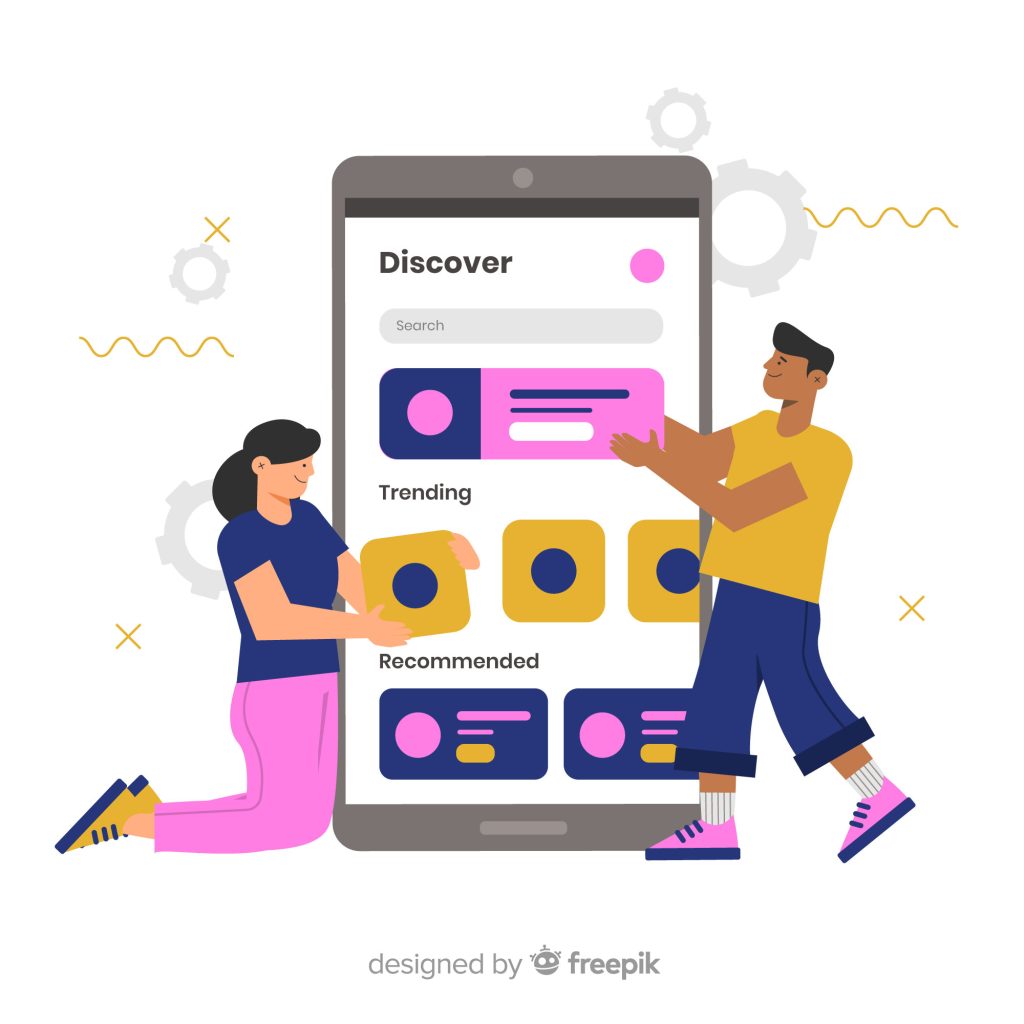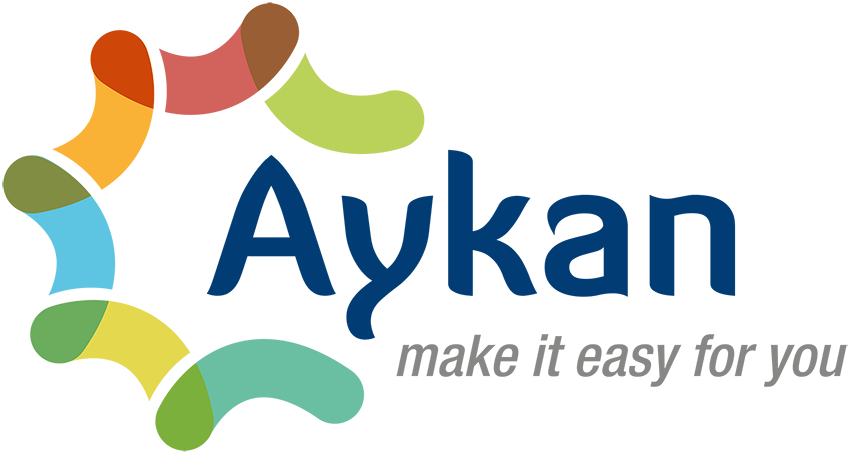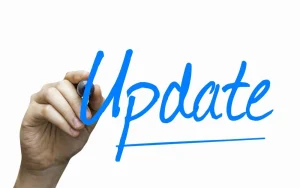Introduction
Mobile commerce is no longer just an important channel—it’s the dominant one. Over 72% of all e-commerce traffic globally now comes from mobile devices, and consumer expectations have shifted accordingly. Shoppers want instant load times, thumb-friendly navigation, and checkout flows that take seconds, not minutes. For marketplace owners on Sharetribe, delivering a seamless mobile experience is no longer optional—it’s a direct driver of engagement, sales, and long-term loyalty.
But mobile optimization isn’t just about shrinking a desktop site to fit a smaller screen. It’s about rethinking the entire user journey from the perspective of a mobile user—someone who might be standing in line, commuting, or multi-tasking when they interact with your marketplace.
To meet those expectations, you need a mobile-first mindset, leverage Progressive Web Apps (PWAs) where possible, and carefully consider whether a native app could provide an edge in your niche.
What is a Sharetribe Mobile App Marketplace?
A Sharetribe Mobile App Marketplace is a mobile-first extension of an online marketplace built using Sharetribe’s customizable templates and technology. It allows businesses to create fully functional mobile applications where buyers and sellers—or service providers and customers—can seamlessly connect on the go. While the web version provides the foundation for marketplace operations, the mobile app enhances accessibility and convenience, ensuring users can engage with the platform anytime, anywhere. With features like real-time notifications, secure payment integration, and intuitive design, the Sharetribe mobile app delivers a smooth and personalized user experience.
A Sharetribe-powered mobile app enables marketplace operators to capture this advantage by offering instant access, personalized recommendations, and loyalty-driven features that keep users coming back. Ultimately, it creates a holistic ecosystem where web and mobile platforms complement each other, empowering businesses to scale effectively—whether the marketplace is designed for product sales, rentals, services, or community-driven exchanges.
Why Build a Mobile App Marketplace?
Mobile-First User Behavior
The majority of online browsing, shopping, and service booking now happens on smartphones. A mobile app ensures your marketplace is where your users are, making it easier for them to access your platform anytime, anywhere.Seamless User Experience
Mobile apps provide a faster and smoother experience compared to mobile websites. With intuitive navigation, offline capabilities, and native mobile features, users can complete actions like browsing, purchasing, or booking in just a few taps.Higher Engagement and Retention
Since apps live directly on users’ devices, they encourage frequent interactions. Push notifications keep users updated about new listings, offers, or messages, reducing churn and driving repeat visits to your marketplace.Improved Conversion Rates
Mobile apps streamline the checkout process with one-tap payments, saved preferences, and integrated wallets. This reduces friction at the point of purchase and leads to higher conversion rates compared to web-only marketplaces.Personalized and Contextual Interactions
Apps enable advanced personalization through AI-driven recommendations, user behavior tracking, and location-based services. This allows marketplaces to offer highly relevant products, services, or promotions tailored to each user’s needs.Trust and Loyalty Building
A mobile app marketplace fosters brand loyalty by creating a consistent, professional, and reliable environment. Features like loyalty programs, personalized discounts, and early access to exclusive listings strengthen user trust and long-term relationships.Operational Efficiency
For marketplace operators, apps support better integrations with tools like real-time notifications, automated messaging, and analytics dashboards. This streamlines workflows, reduces operational costs, and improves seller-buyer communication.
- Scalability and Competitive Edge
Having a mobile app positions your marketplace as modern, trustworthy, and growth-ready. It differentiates your brand in a crowded marketplace space, attracting both buyers and sellers who prefer mobile-friendly, tech-forward platforms.
How Can You Build a Seamless Mobile Experience on Sharetribe to Maximize Engagement and Conversions?
1. The Case for Mobile-First Design in Sharetribe Marketplaces
A mobile-first design approach means starting with the smallest screen and scaling up, rather than trying to retrofit a desktop site for mobile devices. In Sharetribe marketplaces, this approach ensures:
Simplified Navigation: Mobile users should be able to reach any section of your marketplace in two taps or less. Use collapsible menus, bottom navigation bars for easy thumb reach, and persistent search icons so users don’t have to scroll to find key tools.
Touch-Optimized Elements: Buttons and clickable areas should be at least 44×44 pixels to avoid frustrating misclicks. Padding is your friend.

Prioritized Content: On mobile, screen real estate is limited. Highlight the most important content first—featured listings, active filters, or time-sensitive promotions.
Optimized Search: Mobile users expect fast, predictive search. Integrate category filters, auto-suggestions, and voice search where relevant.
This approach works especially well for marketplaces that serve fast-moving transactions—like short-term rentals, gig economy services, or event ticketing—where the user’s intent is immediate and any friction could lead to abandonment.
2. Progressive Web Apps (PWAs): Bridging Web and App Functionality
A Progressive Web App is essentially a hybrid between a mobile website and a native app. It runs in a browser but offers app-like functionality, making it an attractive option for Sharetribe marketplace owners who want an improved mobile experience without the cost of native app development.
Why PWAs work for Sharetribe:
Offline Browsing: Users can view cached listings or content without an internet connection—perfect for travelers or users in low-connectivity areas.
Push Notifications: Send alerts when a saved search has new results, or when a promotion is ending soon.
Lightweight & Fast: PWAs typically load 2–4x faster than standard mobile sites due to service worker caching.
Example: A Sharetribe-powered vintage clothing marketplace could use a PWA to send a push notification the moment a rare item is listed, increasing the chance of quick sales.
3. Native Mobile Apps: When to Make the Leap
While Progressive Web Apps (PWAs) offer a cost-effective bridge between mobile web and app experiences, there are times when investing in a fully native mobile app becomes the smarter long-term move. Native apps are purpose-built for specific operating systems—iOS or Android—allowing them to leverage the full power of the device’s hardware and software. This makes them ideal for marketplaces that demand deep device integration or advanced, real-time functionality.
For example, if your Sharetribe marketplace relies heavily on real-time geolocation—such as tracking delivery drivers, enabling live service requests, or coordinating on-demand pickups—a native app ensures smooth, precise location updates without lag. Similarly, marketplaces that depend on camera-based features—like uploading high-quality product photos, scanning QR codes, or offering augmented reality (AR) try-ons—can benefit from the direct access native apps have to device cameras and sensors.
Native apps also make in-app payments faster and more secure by integrating directly with Apple Pay, Google Pay, or other device-native payment systems, reducing checkout friction for mobile shoppers.

Beyond these functional advantages, native apps often deliver superior performance, smoother animations, and a more polished, responsive feel compared to PWAs. They tend to foster stronger engagement among power users who interact with the marketplace daily, as the app icon sits right on their home screen, reinforcing brand visibility.
4. Mobile Checkout Optimization
Even with great design and app-like functionality, a poor checkout experience can kill conversions. Mobile checkout must be fast, frictionless, and trustworthy.
Best practices for Sharetribe mobile checkout:
Express Payments: Integrate one-tap payment methods like Apple Pay, Google Pay, and PayPal.
Guest Checkout: Don’t force account creation—offer social login or email-based quick checkout.
Progress Indicators: Let users know how many steps remain in the process.
Error Prevention: Use real-time validation for forms so users know immediately if something’s wrong.
A real-world example: A Sharetribe-powered adventure booking marketplace reduced mobile cart abandonment by 22% after integrating Apple Pay and autofill for traveler details.
5. Leveraging Mobile Analytics for Continuous Improvement
In mobile marketplace design, optimization isn’t a one-time project—it’s an ongoing cycle of measurement, insight, and refinement. Even the most polished Sharetribe mobile experience can lose effectiveness if it doesn’t evolve alongside user behavior, device trends, and market expectations. The key is to treat analytics as your compass, continuously guiding improvements that keep users engaged and conversions climbing.
A solid analytics strategy starts with tracking critical mobile metrics. For instance, page load times—especially on slower 3G or 4G connections—can make or break a mobile user’s patience. Even a one-second delay can lead to measurable drop-offs.

Scroll depth on listing pages reveals whether customers are exploring your content or losing interest before seeing key information. Tap heatmaps help identify underused navigation elements or icons that cause confusion, highlighting where design changes could streamline the journey. Similarly, form completion rates for mobile checkouts, booking requests, or seller inquiries provide a direct view into where users abandon the process—and why.
By interpreting these signals, marketplace owners can take high-impact, targeted actions. For example, simplifying listing layouts to reduce cognitive load, moving primary call-to-action buttons higher on the screen for thumb-friendly access, or removing low-value features that distract from core actions.
6. Accessibility and Inclusivity on Mobile
Accessibility isn’t just about ticking off a compliance checklist—it’s about unlocking new market potential. A mobile experience that works for everyone, regardless of ability, device age, or connection speed, ensures your Sharetribe marketplace is truly inclusive.
This means:
Maintaining high color contrast so text remains readable in any lighting condition.
Designing large, well-spaced tap targets to assist users with limited dexterity.
Ensuring screen reader compatibility for blind or low-vision customers.
Avoiding excessive motion animations that could cause discomfort or hinder navigation.
By prioritizing accessibility, you’re not only serving a broader audience but also gaining an SEO advantage—Google rewards accessible, user-friendly sites in rankings. In essence, inclusivity becomes both a moral commitment and a business growth driver.
7. The Competitive Advantage of Mobile Excellence
In today’s competitive marketplace environment, mobile experience can be your silent differentiator. When a Sharetribe marketplace feels lightning-fast, effortless to navigate, and seamless from browsing to checkout, customers take notice—and remember it.
Mobile excellence signals three things to your users: you respect their time, you value their convenience, and you invest in staying ahead technologically. Even small improvements—like enabling purchases in under two minutes or integrating one-tap payments—can be the deciding factor when customers choose between you and a competitor.
In an era where users often make snap judgments based on mobile usability alone, a flawless mobile journey can turn casual browsers into loyal advocates, and loyal advocates into repeat buyers.
Conclusion
Mobile optimization is the foundation of marketplace growth in the 2020s. For Sharetribe entrepreneurs, this means designing for mobile-first, using PWAs to merge web speed with app convenience, and exploring native apps when the feature set demands it. By combining seamless design, fast performance, optimized checkout, and inclusive accessibility, you’ll create a marketplace that not only attracts mobile users but keeps them coming back.
The mobile-first era is already here—those who adapt now will set the standard for user experience in the years ahead.
FAQ's
1. Why is mobile-first design important for Sharetribe marketplaces?
Over 70% of marketplace traffic comes from mobile devices. A mobile-first approach ensures your layout, navigation, and checkout process are designed for small screens from the start, improving engagement and conversion rates.
2. Should I choose a PWA or a native app for my Sharetribe marketplace?
PWAs are cost-effective and work across devices, while native apps offer deeper integration with device features and smoother performance. The choice depends on your budget, required functionality, and target audience.
3. How can I improve mobile checkout in my marketplace?
Simplify forms, enable guest checkout, integrate one-tap payments, and ensure the process is optimized for fast loading on mobile networks to reduce cart abandonment.
4. What analytics should I track for mobile optimization?
Key metrics include page load times, scroll depth, tap heatmaps, and mobile checkout completion rates. These reveal usability issues and guide targeted improvements.
5. How does accessibility impact mobile marketplace success?
Accessible design expands your user base, boosts SEO rankings, and ensures legal compliance. Features like high-contrast text, large tap targets, and screen reader compatibility make your marketplace usable for everyone.






